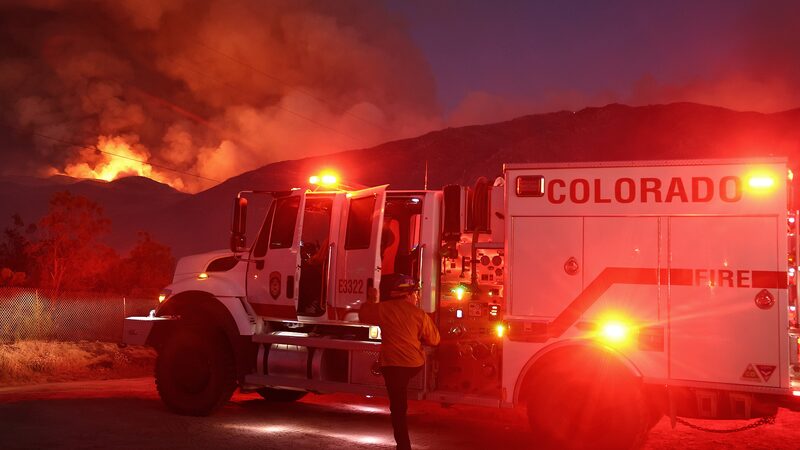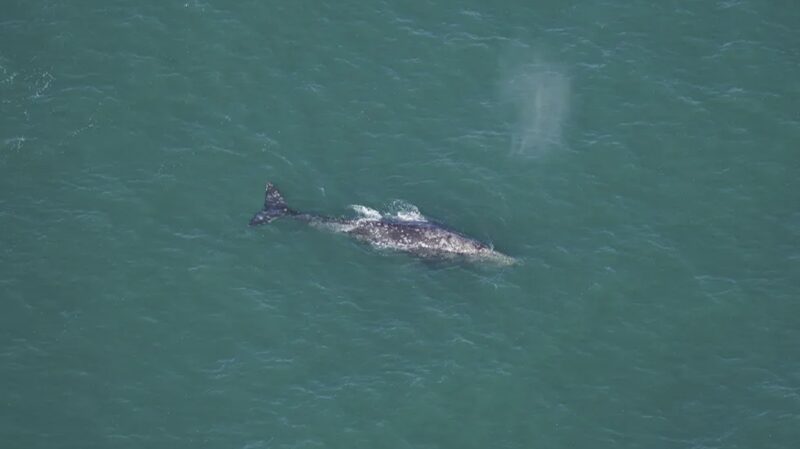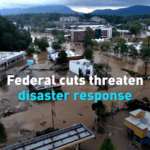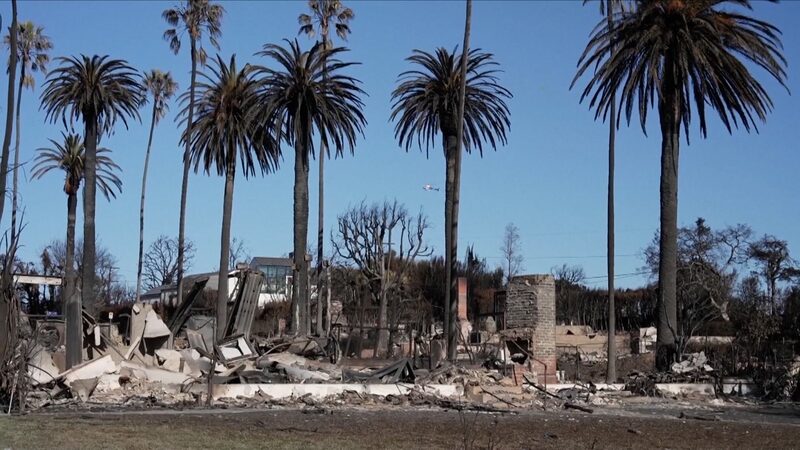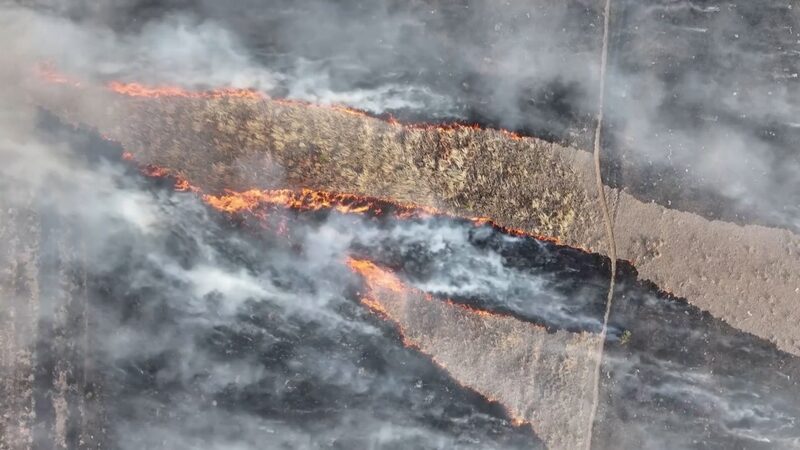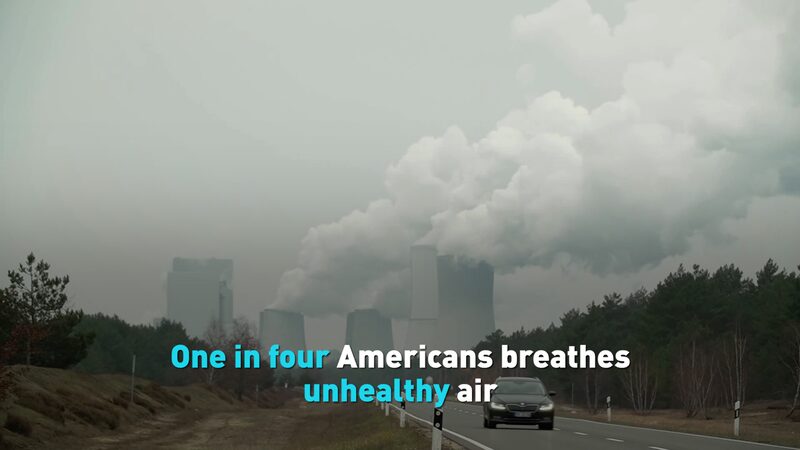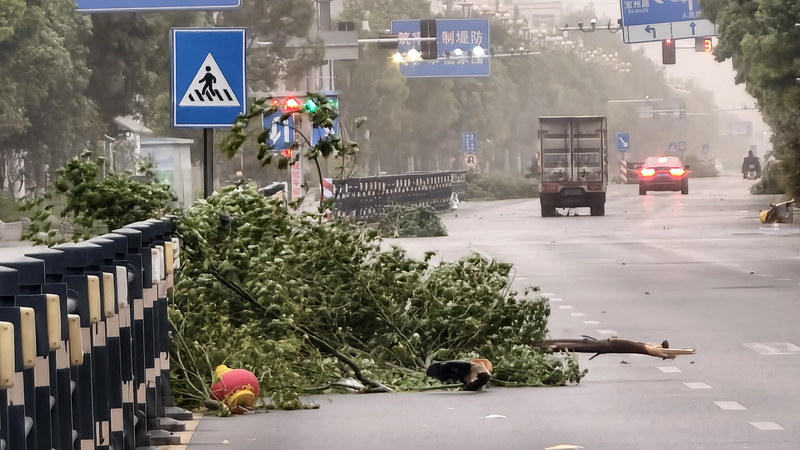Intensifying wildfires across North America have created hazardous air quality and operational challenges spanning from the Pacific to Atlantic coasts, with smoke plumes disrupting daily life and economic activities. While the immediate impacts are concentrated in affected U.S. regions, analysts warn of potential ripple effects for Asian markets through supply chain disruptions and shifts in agricultural commodity prices.
Health authorities urge residents in smoke-affected areas to limit outdoor activities as air quality indices reach dangerous levels in multiple states. The situation presents renewed challenges for climate policymakers and disaster response coordination between federal and local agencies.
Business analysts note temporary impacts on West Coast shipping operations and agricultural exports, particularly affecting sectors with ties to Asian markets. Environmental scientists emphasize the fires' connection to broader climate patterns that could influence weather systems across the Pacific Rim.
Travel advisories remain in effect for several regions, with cultural explorers and digital nomads advised to monitor local air quality reports when planning itineraries. The events underscore growing global concerns about extreme weather preparedness in urban and industrial planning.
Reference(s):
cgtn.com

